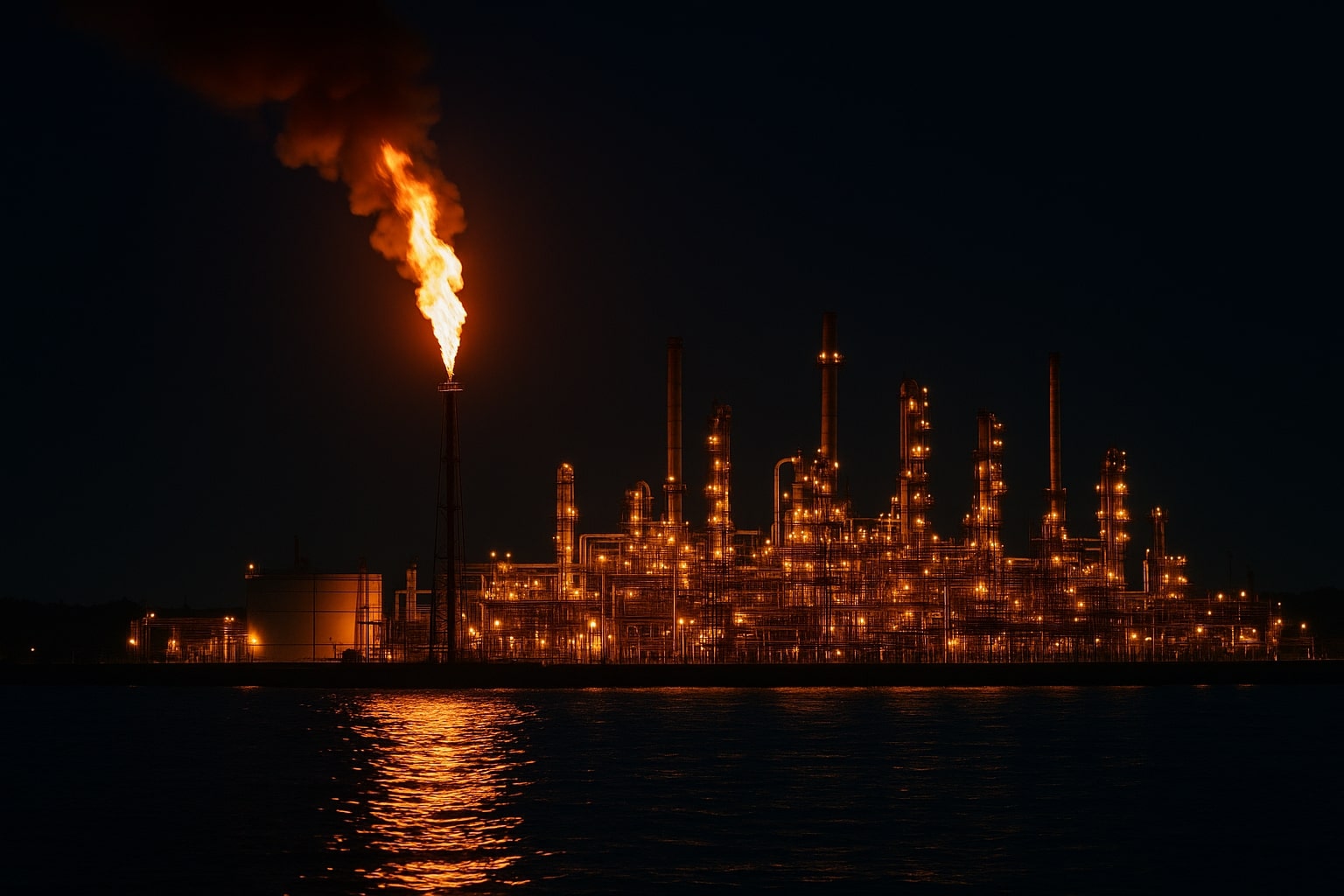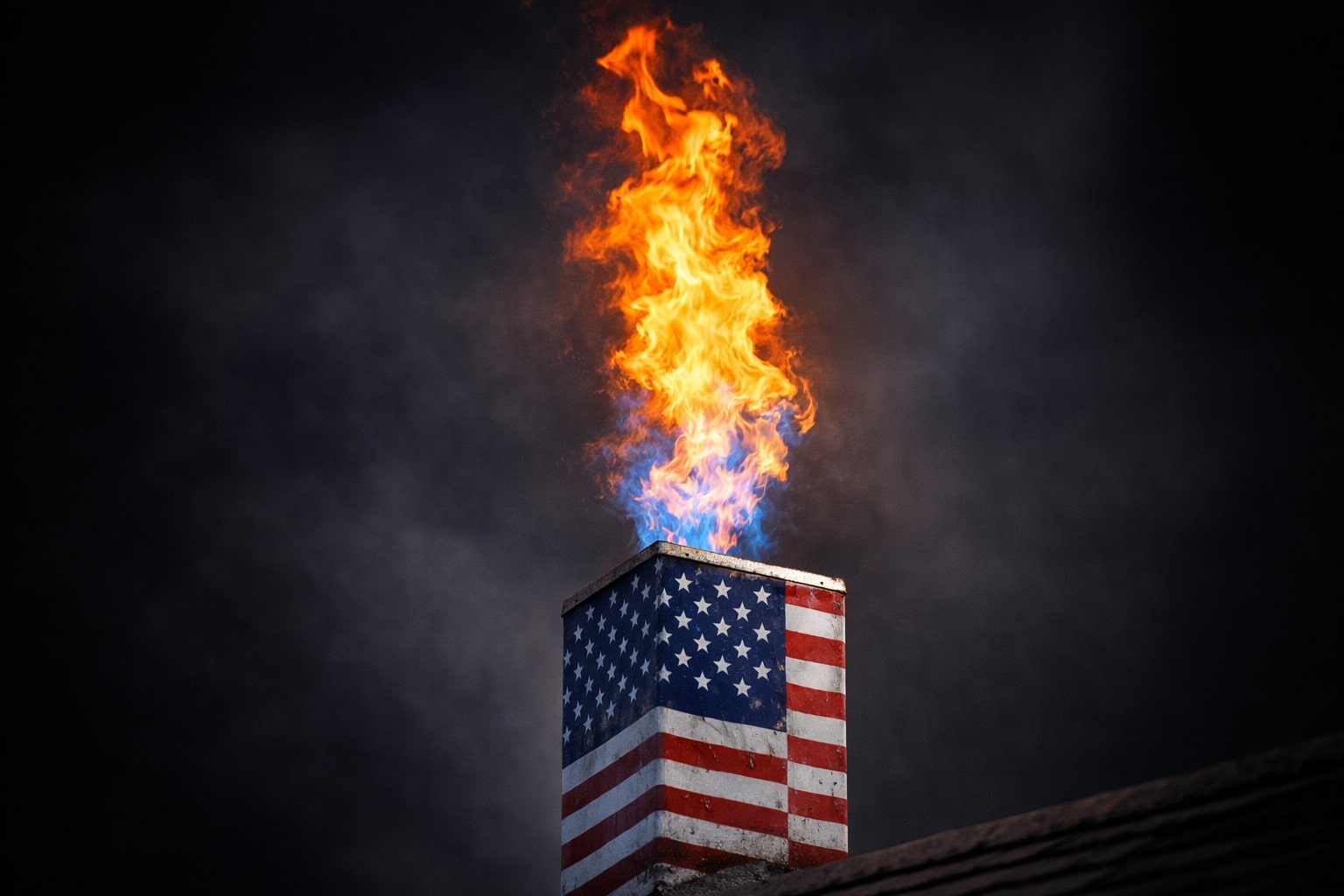
Natural Gas Price Steadies at $2.93 Amid Mixed Market Signals
Gains from LNG exports offset by record output and elevated inventories keep upside limited | That's TradingNEWS
Natural Gas (NG=F) Holds at $2.93 as Market Balances Technical Resistance and Supply Surplus
U.S. natural gas futures settled at $2.93 per MMBtu on August 13, gaining 0.55% after recovering from early weakness. The market remains just above the prior day’s low of $2.88, which came after last week’s sharp drop to $2.76, the weakest level since November 2024. While buyers have stepped in to defend sub-$2.90 levels, the broader bearish structure persists, driven by robust U.S. production, elevated storage inventories, and cooling degree day forecasts that point to softer demand in late August. Technical resistance continues to cap rallies, with the 20-day moving average near $3.10 acting as the primary ceiling for any sustained upside.
Short-Term Support and Resistance Define Narrow Trading Band
Price action is confined within a short-term descending channel. The $2.88 low aligns with the 78.6% Fibonacci retracement from the last rally, making it a key near-term support. On the upside, $2.96 marks immediate resistance, with the anchored VWAP from the 2024 bottom converging at $3.03. A daily close above these thresholds could pave the way toward $3.10, but repeated failures to hold above $2.90 have kept momentum fragile. A breakdown below $2.88 risks a retest of $2.76, with further downside potential toward $2.63, $2.54, and the longer-term support at $2.39.
Production Remains Near Records While Storage Surplus Grows
Lower 48 output is averaging 108.2 Bcf/d in August, topping July’s record of 107.9 Bcf/d. Although daily volumes eased to 106.7 Bcf/d from the 109.7 Bcf/d peak on July 28, the supply backdrop remains historically high. EIA data shows inventories roughly 6–7% above normal for this time of year, with injection season now projected to end 2% above the five-year average versus an earlier forecast of a 3% deficit. This revision reflects both resilient production and softer-than-expected LNG exports in spring. EIA now forecasts Henry Hub spot prices to average $3.60/MMBtu in H2 2025, down from earlier estimates, before rebounding to $4.30 in 2026.
Demand Outlook Mixed: Mild Weather vs. Rising LNG Flows
Cooling demand is expected to moderate as temperatures ease, even though heat remains above average through August 28. Total Lower 48 demand, including exports, is seen dipping from 111.4 Bcf/d this week to 111.0 Bcf/d next week. LNG export activity, however, is providing a floor for prices, with flows to major terminals averaging 16.2 Bcf/d so far in August—above July’s 15.5 Bcf/d and the prior record of 16.0 Bcf/d in April. Sustained high LNG exports could tighten domestic balances into Q4, especially as new export capacity begins to ramp up in late 2025 and 2026.
Global Price Spread Still Supports U.S. LNG Economics
U.S. gas prices remain far below international benchmarks, with Dutch TTF trading near $11/MMBtu and the Japan-Korea Marker around $12/MMBtu. This wide spread underscores the profitability of U.S. LNG exports and the strategic push for infrastructure expansion. Still, tropical systems like Tropical Storm Erin pose a dual risk—potentially disrupting Gulf of Mexico production while also threatening LNG terminal operations and power demand if they make landfall along the East Coast.
Technical Structure Still Bearish Despite Short-Term Stabilization
Chart signals remain skewed to the downside. A recent death cross—the 50-day EMA crossing below the 200-day EMA—confirms longer-term selling pressure. While oversold conditions may prompt short-covering rallies, the inability to break above $3.10 on volume keeps the bearish outlook intact. Without a catalyst such as a sharp production drop or extreme late-summer heat, sellers retain the advantage.
Key Risks and Potential Catalysts
Bearish risks include further easing in summer temperatures, ongoing record-level production, and hurricane-driven demand losses from LNG and power generation. Bullish catalysts could emerge from unplanned LNG outages, extended heat waves boosting cooling demand, or meaningful production slowdowns in the Permian or Appalachia. While the EIA projects stronger LNG demand in 2026 alongside winter heating demand, near-term sentiment is weighed down by oversupply and weather-driven demand softness.
That's TradingNEWS
Read More
-
GPIX ETF Climbs to $52.54 as 8% Yield Turns S&P 500 Volatility Into Income
02.01.2026 · TradingNEWS ArchiveStocks
-
XRP ETF Rally: XRPI $11.54, XRPR $16.35 And XRP-USD At $1.99 Aim For A $5–$8 Cycle
02.01.2026 · TradingNEWS ArchiveCrypto
-
Natural Gas Price Forecast: NG=F Tests $3.50–$3.60 Floor Before LNG Wave
02.01.2026 · TradingNEWS ArchiveCommodities
-
USD/JPY Price Forecast - USDJPY=X Holds Near 157 as BoJ Caution and Fed Cut Bets Drive the Move
02.01.2026 · TradingNEWS ArchiveForex



















